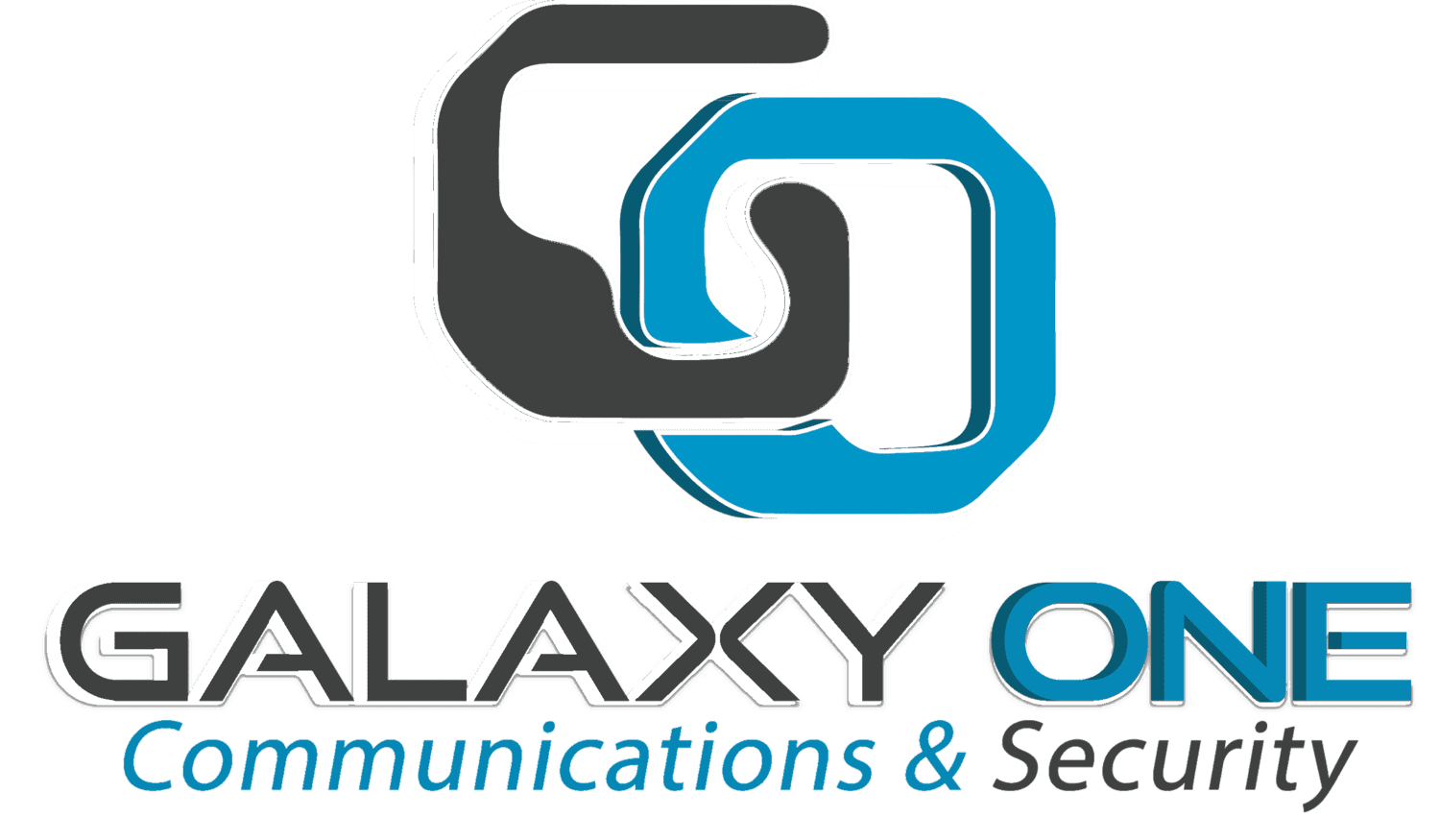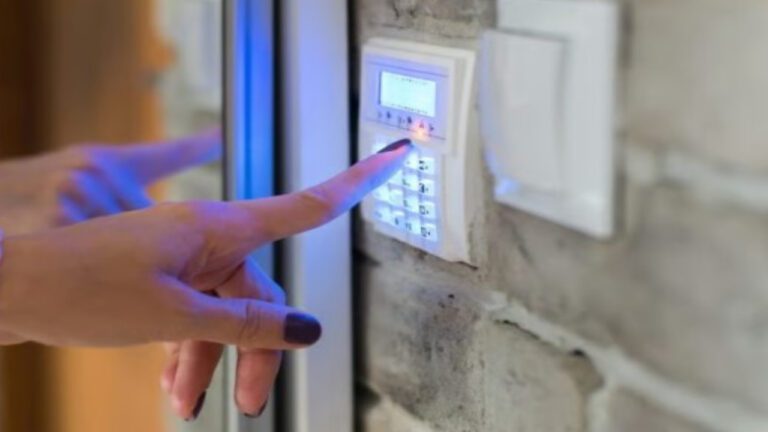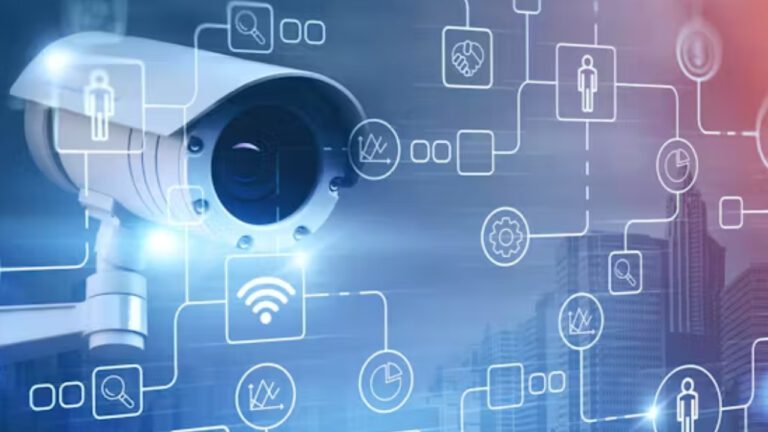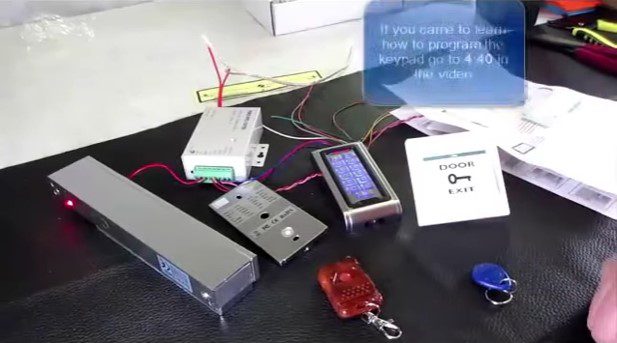Access control and management are key to keeping things secure. They help protect organizations, buildings, and digital systems. They help ensure that only authorized individuals can access certain areas or information. This guide will explain access control and management. It will cover what it is, why it matters, how it works, and the different types and models.
What Is Access Control?
Access control is a security method. It manages who can enter or use certain areas or resources. Think of it like having a key to your house. Only people who have the key can get inside. Access control and management systems work the same way. They ensure only the right people can access specific places or information.
Why Is Access Control Important?
-
Security: Protecting valuable information and resources from unauthorized access is essential. For example, a business might have confidential data. Only certain employees should see it. Access control ensures this data stays secure.
-
Privacy: In our personal lives, privacy is very important. Access control keeps personal information safe. It stops people who shouldn’t see it, like your private emails or medical records.
-
Safety: In physical spaces, like offices or warehouses, access control blocks unauthorized people. This helps to prevent theft, accidents, and other safety issues.
-
Efficiency: Controlling access helps use resources and spaces better. For example, only those who need the meeting room at a specific time should access it.
How Does Access Control Work?
Access control systems involve several steps and components:
-
Identification: This is how the system determines who a person is. You can do it using various methods, such as:
-
Usernames: Used in computer systems.
-
ID Cards: Used in offices or buildings.
-
Biometric Data: Such as fingerprints or facial recognition.
-
-
Authentication: After confirming a person’s identity, the system checks their permission. It determines if they can access what they are asking for. We do this through:
-
Passwords: A secret code known only to the user.
-
PINs: A personal identification number.
-
Security Questions: Questions only the user can answer.
-
-
Authorization: After authentication, the system decides what the person can do. For example, an employee may be able to view documents but not edit them.
-
Auditing: This involves keeping records of who accessed what and when. It helps in reviewing and improving the access control and management system by monitoring activities.
Types of Access Control Systems
We can divide access control systems into two main types:
1. Physical Access Control
Physical access control manages entry to physical spaces like buildings or rooms. Common methods include:
-
Locks and Keys: The traditional way to control access uses physical keys. You need the keys to open locks.
-
Key Cards: People swipe or tap cards with magnetic strips or embedded chips to open doors.
-
Biometric Systems: Use unique traits like fingerprints or facial recognition for access.
2. Logical Access Control
Logical access control deals with access to digital systems and information. Common methods include:
-
Usernames and Passwords: A basic method where users enter a correct code for access.
-
Two-Factor Authentication (2FA): Requires two forms of ID. For example, a password and a code sent to a phone.
-
Access Control Lists (ACLs): Lists show who can access certain resources. They also show what actions each can perform.
Access Control Models
There are several models of access control, each with its own way of managing permissions:
1. Discretionary Access Control (DAC)
In DAC, the owner of a resource decides who can access it. For example, if you own a file on your computer, you can choose who can view or edit it. This model is flexible but may be less secure if not managed well.
2. Mandatory Access Control (MAC)
MAC is a strict model. The system sets the rules for access decisions, not the resource owner. For example, government agencies use MAC to control access to classified information. They base this on security clearance levels. This model is more secure but less flexible.
3. Role-Based Access Control (RBAC)
RBAC assigns permissions based on a person’s role within an organization. For example, a manager might have access to more information than a regular employee. This model simplifies management. It groups permissions into roles instead of assigning them one by one.
4. Attribute-Based Access Control (ABAC)
ABAC uses attributes or characteristics to make access decisions. For example, the system might grant access based on a user’s department, job title, or location.. This model is very flexible and adapts to complex needs. But, it can be harder to set up.
Challenges in Access Control
While access control is vital, it comes with its challenges:
1. Managing Permissions
As organizations grow, managing who has access to what can become complex. Review and update permissions often. This ensures they are still correct.
2. Security Threats
Hackers and malicious individuals may try to bypass access controls. Use strong security measures and update systems often. This helps protect against threats.
3. User Errors
Sometimes, users might share their access details by mistake. They might also give access to unauthorized people. Training users on best practices can help reduce these mistakes.
4. Cost
Implementing and maintaining access control and management systems can be expensive. But, the benefits of improved security and efficiency often outweigh the costs.
Best Practices for Access Control
To manage access control, follow these best practices:
1. Use Strong Passwords
Encourage the use of complex passwords that are hard to guess. Avoid using information like birthdays or common words.
2. Update permissions often
Review who has access to resources. Remove access from individuals who no longer need it, such as former employees.
3. Install Multi-Factor Authentication (MFA)
Use more than one method to verify identity. For example, besides to a password, must a code sent to the user’s phone.
4. Educate Users
Provide training on access control and proper use of the systems. This helps prevent mistakes. It also makes sure everyone knows their role in keeping security.
5. Track Access
Keep track of who is accessing what and look for any unusual or unauthorized activity. Monitoring helps in detecting potential security breaches early.
6. Have a Response Plan
Make a plan for handling security incidents. This includes unauthorized access attempts. This plan should have steps to contain the breach. It should also include notifying those affected and improving security measures.
The Future of Access Control
Access control technology is always evolving. Future developments may include:
1. Advanced Biometrics
New biometric systems, like retina scans or voice recognition, will be more secure. They will offer better ways to verify identity.
2. Artificial Intelligence (AI)
AI can analyze access patterns and find unusual behavior. This makes security better.
3. Integration with IoT
As more devices connect to the Internet of Things (IoT), access control and management systems will have more work to do. They will need to manage access for many different types of devices. This includes everything from smart home gadgets to industrial machines. Access control and management systems will also need to handle a growing number of applications. Keeping everything secure will become more complex. We will need better systems to keep up with these changes.
4. Privacy Enhancements
Future systems will work to improve user privacy. They will also maintain security. The goal is to balance protection with personal data security.
Conclusion
Access control and management are key for keeping physical and digital spaces secure. Understanding the basics helps protect valuable assets. It also ensures only authorized people have access. Both organizations and individuals enjoy knowing these concepts, types, and best practices. As technology advances, staying informed about new developments is important. This helps keep security measures effective.
Setting up a strong access control and management system requires careful planning. It also needs regular updates and ongoing training. With the right approach, you can protect your resources. You’ll also have peace of mind, knowing that you manage access well.




